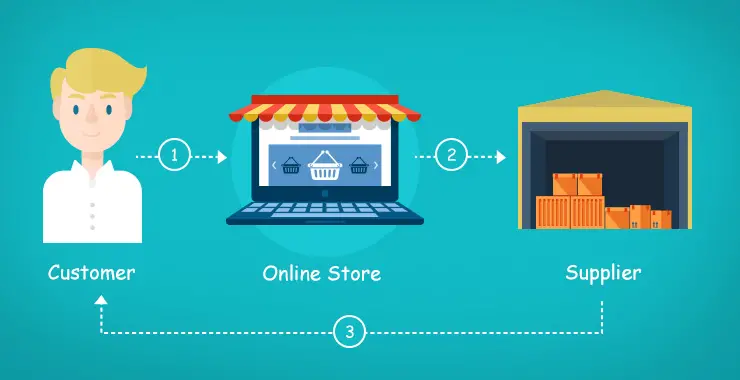What is the History Behind Drop-Shipping

Today’s world of drop-shipping is completely from what it was 50 to 60 years ago. For those that don’t know what drop-shipping is, it is essentially a service that allows a goods sales store to feign availability of stock for a customer, leading to them making a purchase. After the purchase has been made, once the retailer knows the demand for the product he poses as a distributor for, he then purchases the same goods by the same amount of initial purchase at a price that is lower than the price that they sell it for.
But the difference in price cannot be too big, as they have to be able to pick up customers that aren’t gullible enough to pay prices that are much more than what the product is actually worth. Today, when an individual thinks of a drop-shipping business, they imagine a website that does e-commerce purchases in exchange for goods. But this was not always the case.
Beginning
During the 1960s, before the internet revolutionized, there were companies that would send products by post based on orders made through the telephone. These companies had directories that displayed the products they had in stock for purchase on magazines, newspapers, brochures, and any other form of media that the public had access to.
However, the items mentioned in these brochures were not actually in stock for the customers to purchase. In fact, after the order is placed over the phone, the company purchases the same item from other stores and would ship it as their own for a higher price.
When this method was known to be successful, several other businesses intervened and did the same. One example of a company that was widely acclaimed for doing so at the time was JC Penney and Sears™, except they made a very large profit by modifying this business model and scaling it up by a substantial amount.
Inventory Management using Tech
With rapid developments in the field, similar companies found it very difficult to provide for the high level of demand from their very huge customer crowd making them seek methods of increasing efficiency and speed.
Although no inventory was necessary, for proper movement from place to place, these companies had to have temporary storage space. So they bought spaces where they could store the goods before shipping it off to the customer that requires it.
But, one thing to consider is the fact that such storage spaces are expensive and is then no longer a drop-shipment business as per the modern definition. Seeing this ample storage several companies such as CompuCard™ decided to exploit the use of these storage spaces by taking orders from customers, charging a larger than market price, and then having these companies with storage space deliver the goods directly to the customer.
End results:
This process paved the way towards modern drop-shipping and aligns far better with the modern definition of the drop-shipping business that requires little to no effort in exchange for quick money. Over the years, such businesses were no longer physical businesses and soon became an online presence.

